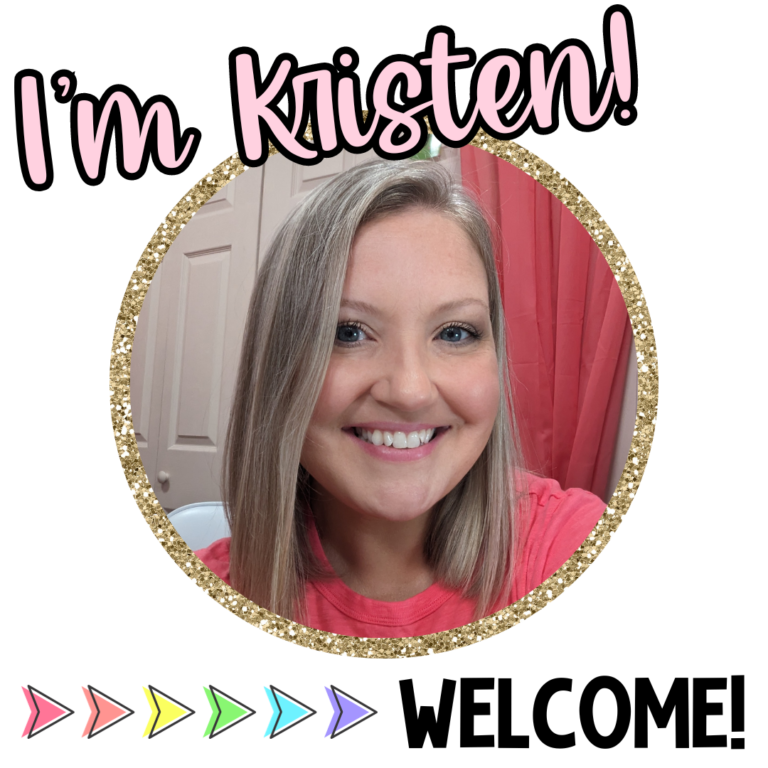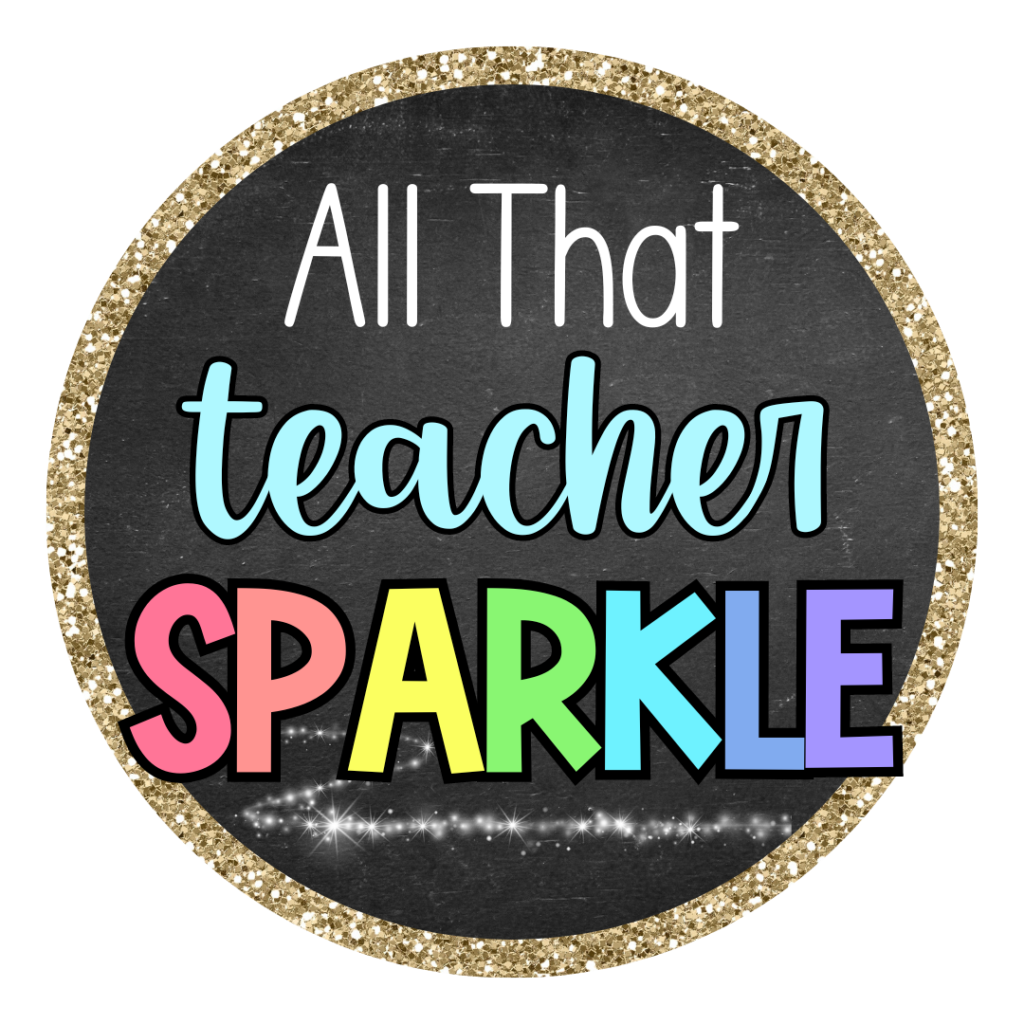I love Read Across America week just as much as the next teacher- maybe more! Amongst all the fun activities and silly dress-up days, there is one thing I make sure I do every year… Review Theme!
In my last post, I shared several fun ways to celebrate Read Across America Week that I have personally used in my classroom over the years! For me, Read Across America was “permission” to do things differently and I took advantage of it! But even though my clothes were mismatched or I was wearing 3 pairs of wacky socks, I still made sure that I was teaching my curriculum as well!

For years, I used Dr. Seuss’ books to review the standards I had already taught- Summarizing/Plot, Character Traits, Problem/Solution, etc…
But there was one standard that really seemed to lend itself to his books! Coincidentally, it was one of the standards my students struggled with most- Theme!
And so, one year I decided to only review Theme for the entire week. The first time I did this, I just flew by the seat of my pants! I made up what I was doing as I went along. So nothing could have prepared me for the awesome results of our work! My kids were finally understanding Theme, and here’s how we did it….
Choose your 5 favorite Dr. Seuss Books
When choosing the books you want to read to review Theme, focus on one each day. I suggest using some of Dr. Seuss’ more complex texts. Many students haven’t read them before and tend to feel the storylines are more “grown-up”. You can definitely still use The Cat in the Hat and Green Eggs and Ham, though! Believe me, you can have some seriously deep discussions with these “simple” stories!
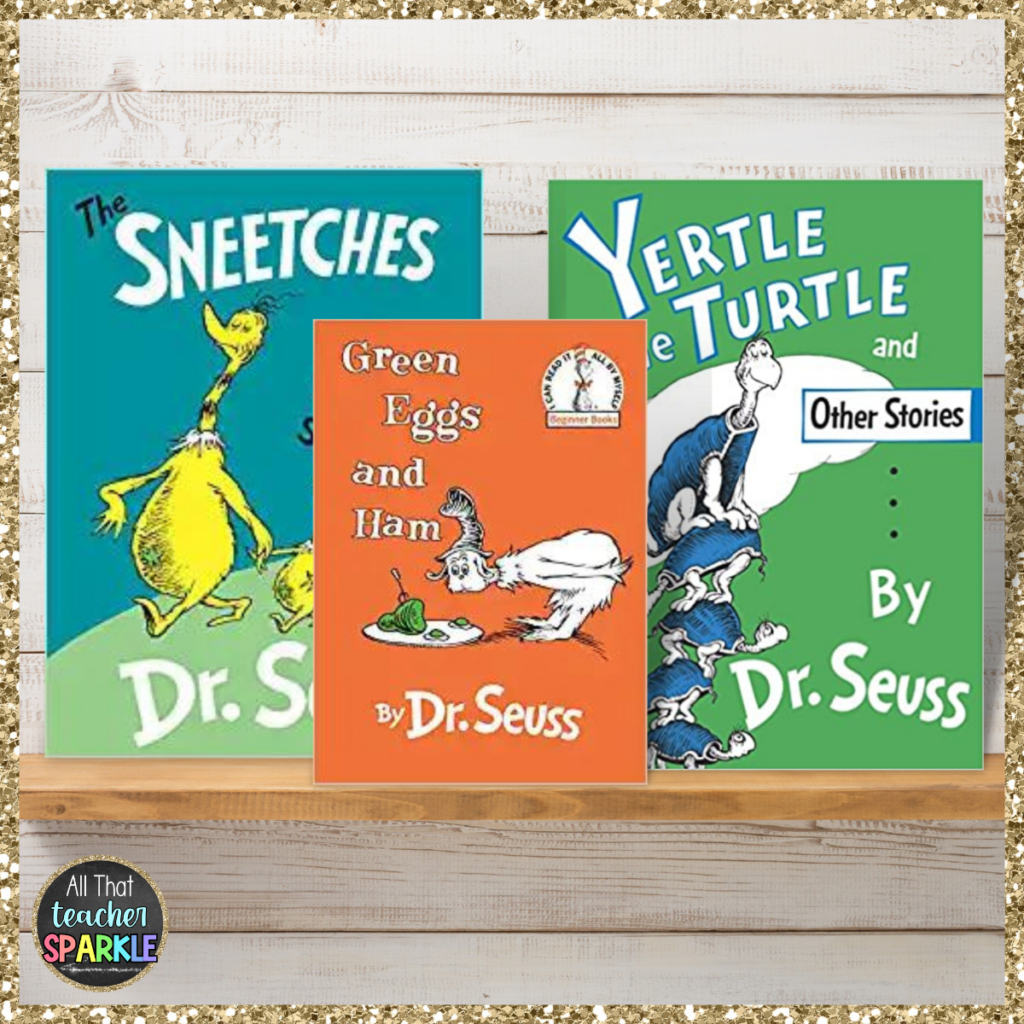
Often, the books I used were the same as the Read Across America theme for the Day, but not always. Some of the books I have read in the past were:
- Horton Hears a Who
- The Lorax
- The Sneetches
- Yertle the Turtle
- Oh, The Places You’ll Go
- The Cat in the Hat
- Green Eggs and Ham
Before I read the book each day, I told my students that we were going to review Theme by listening for a lesson that a character learns or some idea about life that the author wants us to learn. As I read the story, I would ask guiding questions such as:
- What do you see happening here?
- Do you see something starting to go wrong?
- How is the Main Character feeling right now?
- What did the character just realize?
- Is Dr. Seuss trying to show you something?
- Did a character just realize something new?
- Did this event teach you something new about life?
- Do you think differently about life since reading this book? Explain.
- Do you think the same thing about life? Explain.
I didn’t spend a ton of time asking questions during the reading, but wondered these things aloud, modeled my thinking, and asked a few students to share ideas. After we finished reading the story…
Teach students to look for “Lessons Learned”

As a class, we discussed what lessons our character(s) learned, what we learned through what the characters went through, and what Dr. Seuss might have wanted his readers to understand about life (and reminded them that “lessons learned” is a simpler way to think of theme).
Next, I pulled up a Google Doc on my Smart Board and typed as students shared the lessons they learned- guiding the wording of their ideas into a Theme Statement. I also asked for students to share specific text evidence that supported their thinking.
On a separate paper or in their Reading Notebooks, students copied what I typed on the doc. We color-coded the Theme in blue and our text evidence in red. I also made copies available later for those students who wanted them. This way, they could glue or staple the themes into their notebooks in addition to their written notes.
We wrote 3-4 Theme Statements as a class each day for each book that we read, keeping all of our work in one Google Doc. This way, we could easily review the previous Theme Statements each day before getting to work on a new book.
On Monday, students were a little unsure of what lesson they learned, how to support it, and how to word a Theme Statement- but let me tell you! By Friday, every student was much more comfortable and way more confident in their ability to find “the lesson” and write a Theme Statement!
Mix in a fun Art Project!

After a whole week’s worth of creating Theme Statements for 5 different books, I figured it was time for a creative Art Project!
Using nothing but plain white paper and colored pencils or crayons, my students drew a large picture of their face on one piece of paper and a Dr. Seuss-style Cat in the Hat hat on another paper (each picture took up a large majority of their respective papers).
After they drew and colored, students cut out their hats and faces and glued them together onto a large sheet of construction paper.
Students then chose one Theme Statement to write on a speech balloon made out of a 3rd sheet of blank white paper, sharing “A Lesson I learned from Dr. Seuss”. Several students chose to copy one straight from the list we created, but most decided to try a different one on their own. If you would rather use something “cuter” for the Theme Statement, I created a speech balloon for you! Click here to grab the Freebie!

We hung these pictures and speech balloons up in the hallway to share our newfound wisdom about life with others walking by. The kids were so proud of their hard work! The most surprising outcome of this activity? Not a single groan was heard any time later in the year when I asked about Theme!
This Theme crash course is one of my favorite things to teach all year! A project that helps my students understand and review Theme, gets them creating Art, AND applying learned skills? It doesn’t get any better than that!
You can still review Theme without Dr. Seuss
If Dr. Seuss isn’t your cup of tea, you can still follow the same directions to review theme, just substitute different books! You could choose one particular author or just books that you find appealing. Some excellent choices for books with strong Themes are:
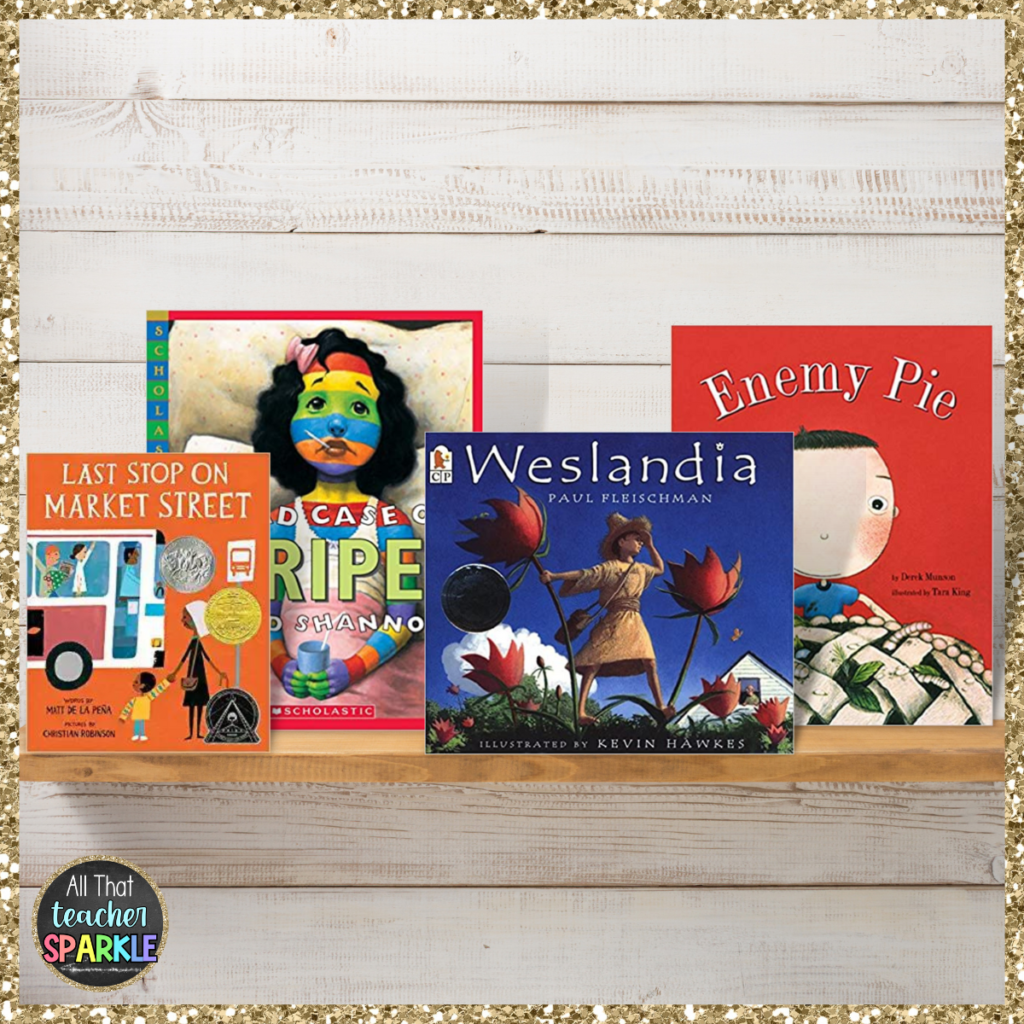
- Weslandia by Paul Fleishman
- Salt in His Shoes by Deloris Jordan and Roslyn M. Jordan
- A Bad Case of Stripes by David Shannon
- Enemy Pie by Derek Munson
- The Most Magnificent Thing by Ashley Spires
- Scuttle’s Big Wish by Sean and Ryan Delonas
- Last Stop on Market Street by Matt de la Pena
The Art Project is the same as well. Students still draw their faces, but just eliminate the Cat in the Hat hat drawing. There is also a Speech Balloon included in the Freebie mentioned above that is not author specific.
Are you ready to review Theme with your students?
No matter which books you choose to use for this crash course to review Theme, your students will feel so confident in their knowledge of Theme! They will also love the simple art activity to wrap up all their hard work!
I hope this post has helped you figure out how to review Theme and helps your students understand it as much as it helped mine! May you ALL have as much fun reviewing Theme as my students and I had! Enjoy Read Across America and make it a BIG deal! It just might be one of the most special memories you make with your kids this year!
Don’t forget to add fun Read Across America Activities!
If you love easy printable activities that make celebrating Read Across America fun and stress-free, check out the activities in my Read Across America Fun Pack and Read Across America Book Activities Pack! You can find both (or grab the BUNDLE!) in my TPT Store!
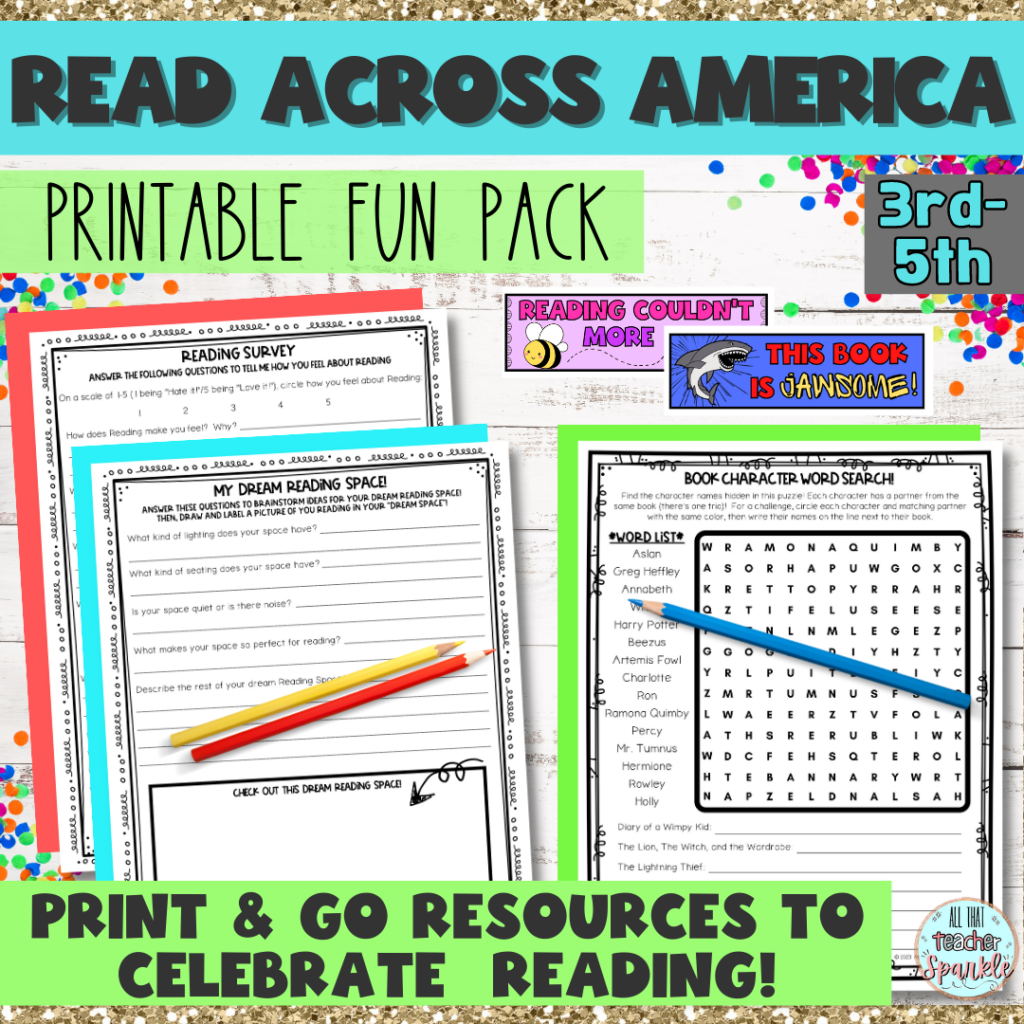
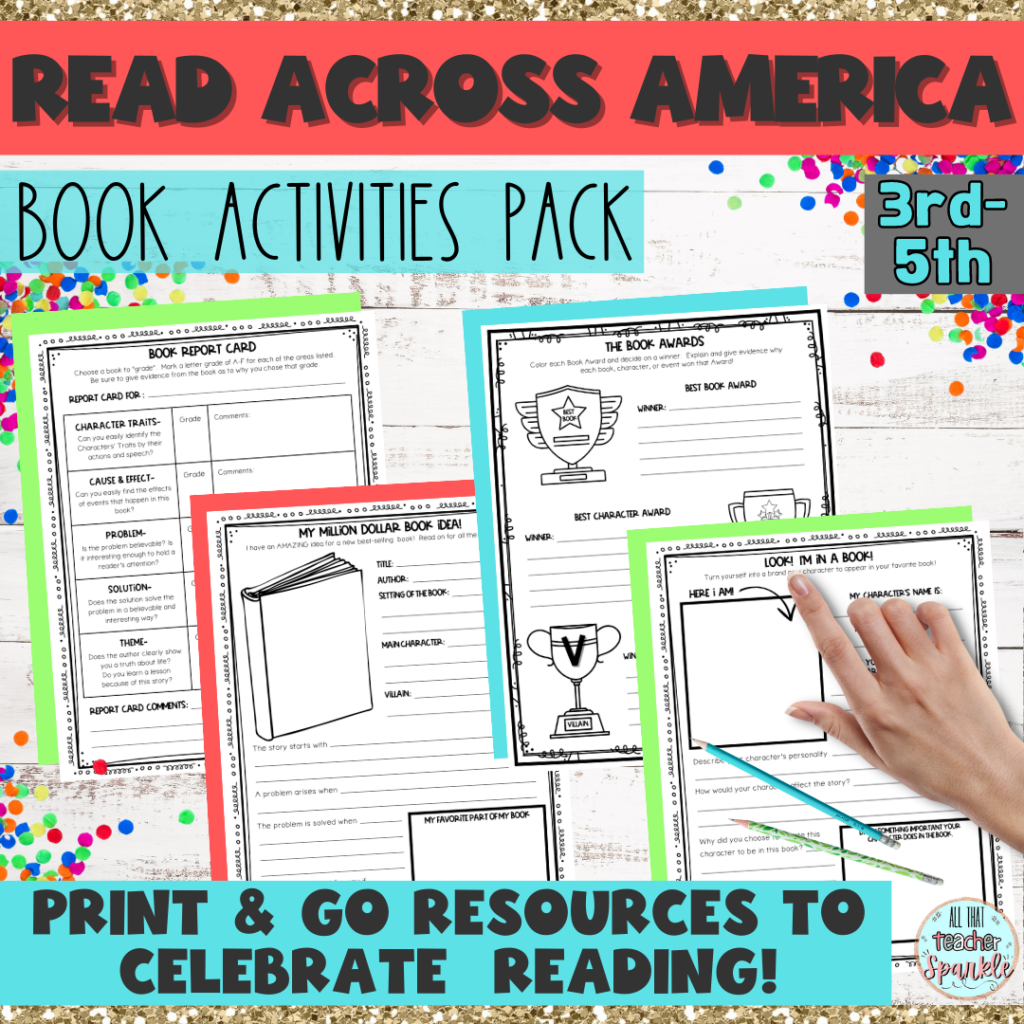
Pin this Theme Lesson on Pinterest
Pin this post to your favorite Pinterest Teaching Ideas board! When you’re ready to review Theme, this lesson idea is right at your fingertips!

If you have any questions or want to bounce any ideas off a colleague, I’m here for you! Teacher Sparkle always grows when it has other Teacher Sparkle to share in the excitement!



